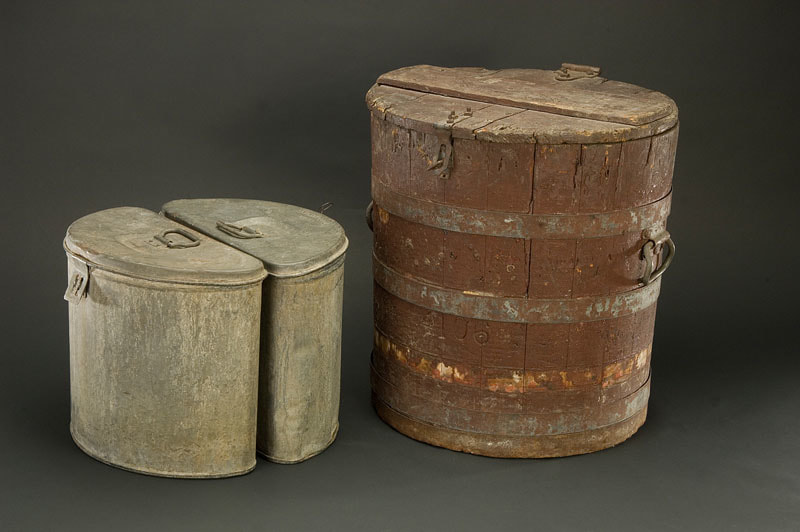
Canning and oysters both boomed at the same time in American history. The one helped the other become accessible, cheap, and popular.
Canning was invented at the behest of Napoleon Bonaparte, who famously said that an army travels on its stomach. The first metal cans were made of tin-lined cast iron and were almost impregnable. Most people used a chisel and hammer to open them.
By the 1840s tin smiths were fashioning cans out of thinner, more easily breached tin. The invention of the can opener by Ezra Warner followed in 1858. Warner's can openers were standard issue to cooks during the Civil War.


I grew up eating oyster stew on Christmas Eve. My maiden name is Swedberg, a Swedish name, but I'd thought my own family's tradition of oyster stew on Christmas eve came from my Norwegian grandfather. My research, however, didn't credit Scandinavians, but

The Ling, which had been dried and heavily salted to preserve it, was cooked in a rich broth of milk, butter, and pepper, yet remained chewy from being dried. Once they were in America, Irish cooks substituted oysters for ling because the cheap and easily obtainable oysters tasted briny and had a similar, chewy texture.

If this is the year you are inspired to go back in history and try this traditional dish you might want to try the recipe my friend Kirk Austin has published on Amazon.
Is oyster stew among your family's Christmas traditions? I'd love to know if it is, and where you think your family picked up its traditions.
Coming soon: a short story featuring characters from my work in progress, inspired by oyster stew.


